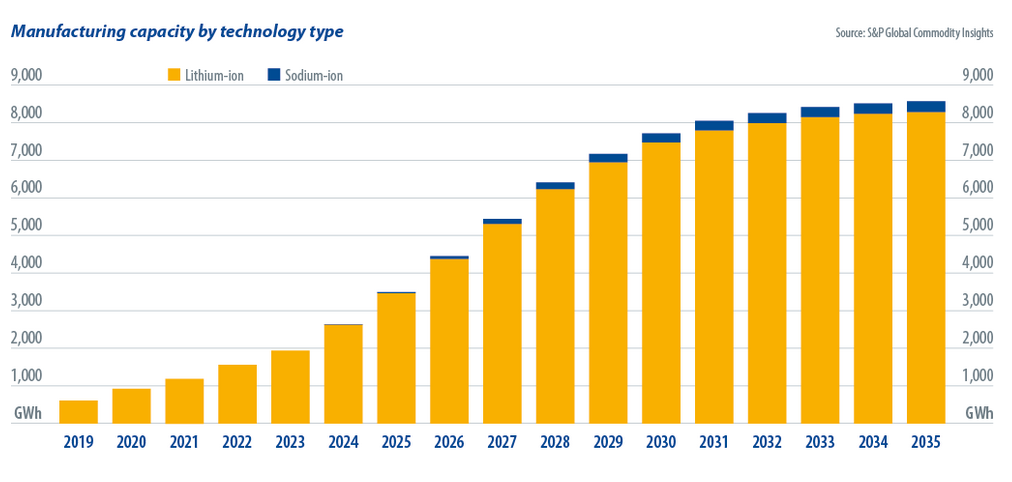A research team from Washington State University claims to have developed a new manufacturing process to produce cadmium telluride (CdTe) PV panels that is 45% cheaper than current industry standards.
The new process, conceived in partnership with the US Department of Energy’s National Renewable Energy Laboratory (NREL) and technology company Nious Technologies, Inc., is described in the paper CdTe synthesis and crystal growth using the high-pressure Bridgman technique, published in Journal of Crystal Growth and on the ScienceDirect website.
Large amounts of high-purity CdTe material with stronger electrical properties can be produced rapidly through this new process, the scientists claim. The CdTe crystals are grown in a high-pressure Bridgman furnace, which is a kind of industrial furnace utilized for crystal growth and directional solidification of polycrystalline ingots.
Adding dopants
The researchers explained that the high-pressure environment of the furnace excludes the possibility of explosions, while allowing manufacturers to easily add a high concentration of dopants during the process itself, thus improving the performance of the crystal material. “Highly volatile dopants can be efficiently incorporated into melt grown CdTe under high pressure,” the research team stated.
The scientists added arsenic as a dopant for this research, but they also stressed that in a similar processes, phosphorus can also be used. “Adding the highly volatile dopants during the feedstock manufacturing process also eliminates the need to dope after film deposition which can cause non uniformity issues,” said research co-author, Tawfeeq Al-Hamdi.
A scalable technique
The research team specified that, at 80 atmospheres of pressure, dopants can easily be shoved into the material, without evaporating out of the crystal or otherwise escaping the system. It further explained that the synthesis of highly-doped CdTe feedstock for thin film PV applications demonstrating an effective incorporation of group V dopants, such as antimony and arsenic, can be achieved at growth speeds of ~500 mm/hr.
Crystals that are 1.2 kg in size were created at the laboratory level. The researchers claim, however, that the technique is scalable to large volumes, and that the process may enable the production of crystals that are up to 20 kg.
This content is protected by copyright and may not be reused. If you want to cooperate with us and would like to reuse some of our content, please contact: editors@pv-magazine.com.




While manufacturing this product and used by the consumer in bulk quantity, then we can say this after feedback.
Sir, please guide us how to make this at high pressure with Bridgman furnace, any book for guidance, so we can manufacture this product.
Any future demands of this product by consumers?